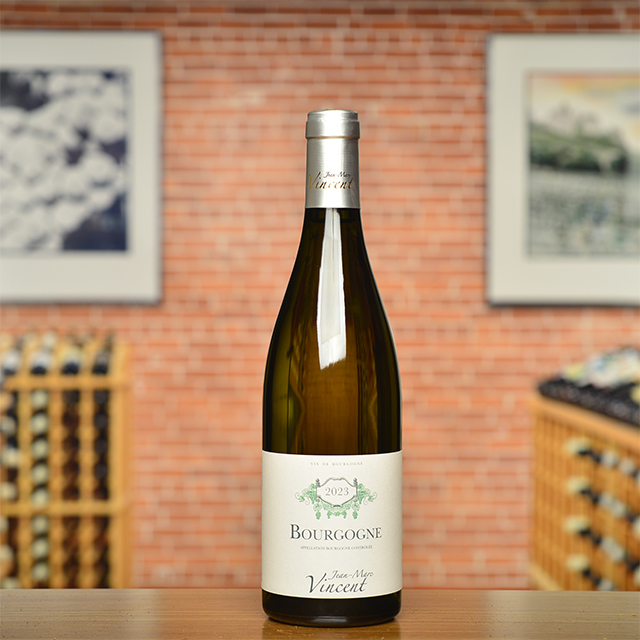Fruit of the Woods
by Tom Wolf



The first thing I remember eating in Tuscany was panna cotta with a frutti di bosco sauce. I knew frutti—“fruit”—but I asked what di bosco meant. “Of the woods,” the waiter replied. This response didn’t tell me exactly which fruit lay atop my dessert, but trying to solve that mystery with my taste buds—rather than asking—ended up being part of the fun. In their book Vino Italiano: The Regional Wines of Italy, Joseph Bastianich and David Lynch write that “good Chianti, or Brunello di Montalcino… has a foresty, smoky quality; drinking it is like eating berries in the woods, the spicy scents of the underbrush mingling with the sweetness of the fruit.” The wines below evoke a wide range of berries, but all three share that irresistible woodsiness.














